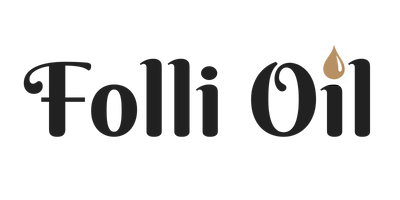Hair removal causes trauma to the skin. Whether you wax, shave, epilate or use depilatory creams, your skin will undergo a reaction ... usually redness (known as erythema which is dilation of the blood capillaries). If you're lucky, this will subside after a short time but if, like me, you suffer from sensitive skin the after-effects may be more long-lasting.
Understanding shaving rash/razor burn
Many people experience a rash (known as Folliculitis) after shaving or waxing. This appears as small red bumps and often feels tender with a burning sensation & it can be itchy and sore. You can experience these symptoms anywhere you remove hair on the face or body.

What are ingrown hairs?
You may also develop ingrown hairs - where the hair grows under the skin and don't surface as it normally should. This occurs when the hair follicle has become clogged with dead skin cells. When the hair is cut very short (from shaving for example), the hair curls back on itself into the follicle and when the hair is removed from the root (from waxing), it may grow sideways under the skin.
Ingrown hairs may appear in areas such as the face, legs, underarms or pubic area and can affect people with all types of hair, not just coarse, curly hair.
It's common for the hair follicle to become infected, causing inflamed red spots that often become painful pustules.
How to prevent ingrown hairs

Regular exfoliation to remove the dead skin cells that clog the hair follicle is key to preventing ingrown hairs. The most effective method is dry brushing and it carries fantastic health benefits too! Check out our how-to post here. Exfoliating before you remove hair to clear the pores and dead skin is also recommended.

Keep skin hydrated by moisturising daily as dry skin results in a greater
amount of dead skin cells that can block up the hair follicle, preventing the hair from surfacing. Folli Oil Daily Treatment Oil contains Jojoba Oil, a light-textured & deeply penetrating oil with excellent softening & moisturising properties. It closely resembles the skin's own natural oil (sebum) which can be helpful for re-balancing the skin. It also contains Papaya Seed Oil which contains a natural fruit enzyme called Papain that gently removes skin cells & unclogs pores; as well as having anti-bacterial & anti-inflammatory properties that are useful in tackling infected follicles.

Correct shaving technique - if you shave, it's important to protect the skin with an appropriate shaving oil/gel, use a fresh clean razor and shave lightly (with minimal strokes) in the direction of the hair growth (not against it). There'll be a further post on this later.

Avoid tight clothing as this can irritate the skin & encourage the development of ingrown hair. If you already have ingrown hairs or irritated skin, try to wear loose clothing, particularly underwear.
Unfortunately, few of us will escape the odd shaving rash or ingrown hair but hopefully a little knowledge and some effective skin care products will help alleviate the symptoms and reduce their occurrence.

